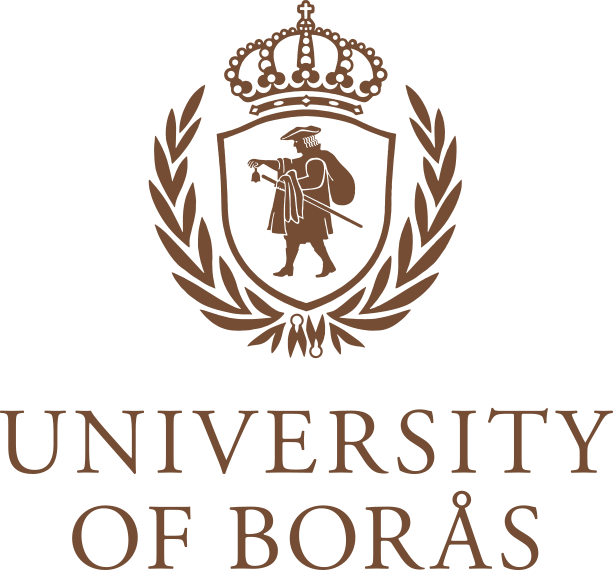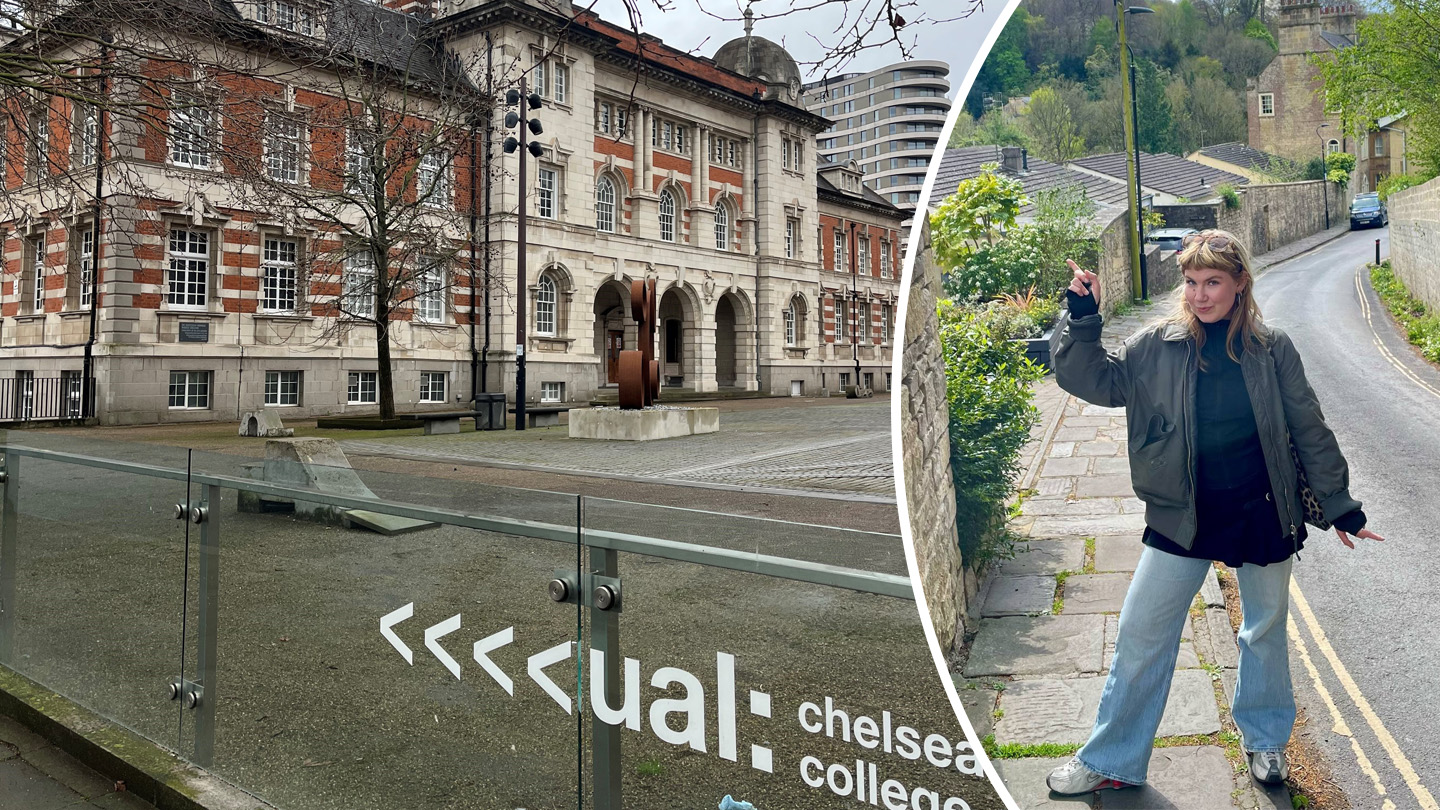Explored textile design through an artistic exchange
What made you decide to go abroad for an exchange semester?
“I was curious about new inputs. I think it's fun to gain new insights and inspiration —especially when working with design and art. I’m from Copenhagen, so moving to Borås was already a complete change of scenery, and even though I really enjoy the school in Borås, I really miss the buzz of a bigger city. Going abroad is exciting — you get to meet a lot of new people and settle into a new city, school, and country, which is so much fun.”
Why did you choose to apply to Chelsea College of Arts specifically?
“I’ve always been keen on attending an art academy. I was aiming to steer my design studies in a more artistic direction, so Chelsea seemed like a good fit for me to explore the cross-section of art, design, and textiles. Chelsea as an art academy doesn’t only focus on textile design — it also offers courses in Fine Art, Sculpture, Photography, Graphic Design, etc., which I found very inspiring. I don’t see textile design as a closed field, so being able to talk with students and teachers from other disciplines has been very insightful and inspiring for me.”
What have been the main differences between studying textile design at Chelsa compared to Borås?
“I would say that Borås and Chelsea are quite different. In Borås, we are far more technical — we work on a larger scale, and the school has better equipment and machines, allowing us to become very technically skilled. At Chelsea, there’s a bigger emphasis on creative thinking and experimentation. At UAL, it’s more about developing a concept or a story and then translating that into textiles. I’ve really enjoyed the more conceptual, experimental, and artistic approach and think I’ve found something I want to nurture further in my future design work.
I also see great potential in combining both conceptual and technical skills — ultimately, design makes sense to me when it includes both. I find it meaningful when it’s impressive in both technique and concept.
One small detail to mention is that UAL doesn’t offer the same accessibility in the labs. At Borås, we’re used to having open access and working independently in the labs, even after hours. At UAL, you can only use the labs when there’s a supervisor present, and they’re not used for lectures or tutorials. I found it quite difficult not to have the opportunity to realise my design ideas within their limited timeframes. That was a disappointment for me, and I’ve felt like I had to downscale my ideas and creative process — a lot. It became more a question of what was possible to produce within the time I could access the labs.”
What kind of courses and projects did you take part in during the exchange?
“I focused on knitting during my semester at Chelsea, which meant solving design briefs from a knit perspective. Their courses are split into units — I followed Unit 7 and Unit 8. Unit 7 was ’Professional Communication’, and Unit 8 was ‘Responsible Design Practice’. Both were centered around creating meaningful designs and communicating them in a professional way.
In Unit 7, we were introduced to AR and AI tools to communicate our ideas in 4D. Unit 8 offered two options: either to create a design proposal for garden designer Lottie Delamain’s exhibition at Kew Gardens, or to develop your own proposal addressing a design problem in a responsible way.”
How was it to trade Borås for the big city of London?
“For me, it was one of the best parts of the exchange. I really loved it there — London is huge, and there’s no chance you’ll see everything. There’s a different pace to the city, especially in the art and cultural scene, which I missed a lot in Borås.
There’s something quite magical about moving to London alone — so many things are going on, so you really get the chance to see and experience something new. I’ve been seeing so much art and really made use of the cultural scene, where you can encounter some quite niche and progressive work.”
What was the biggest challenge during your exchange?
“The first few weeks are always hard. You must settle into a new city, a new school, and meet so many new people. It takes a little while to find your rhythm and make new friends. Also, the living situation in London can be a bit harsh.”
What has been the most rewarding part of your exchange semester?
“It’s hard to pinpoint just one thing. Living in London, being close to creative communities, and meeting so many fun and interesting people has been amazing. Experiencing something new has really been fun — I’ve tried to do as much as possible: visiting museums, going to exhibitions, attending cultural events, and travelling around England. I’d say I returned with a lot of cute experiences.”
What advice would you give to other students thinking about going on an exchange?
“Be curious. It really is a huge opportunity to go abroad — dare to go and be adventurous while you're there.”
Text: Gustav Kibe
Photo: Private
Published: 2025-07-02


